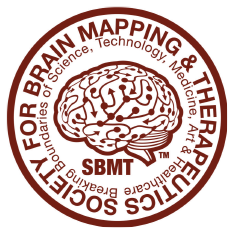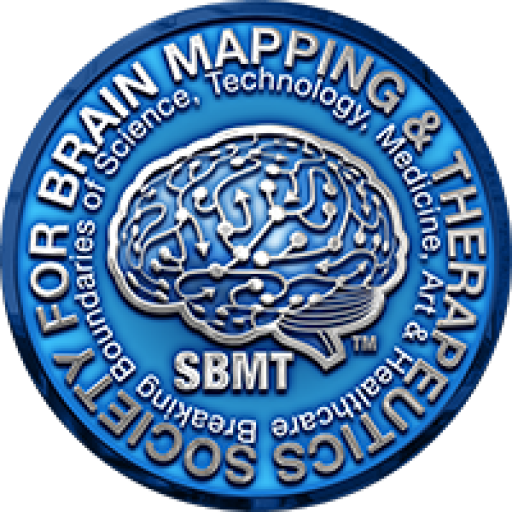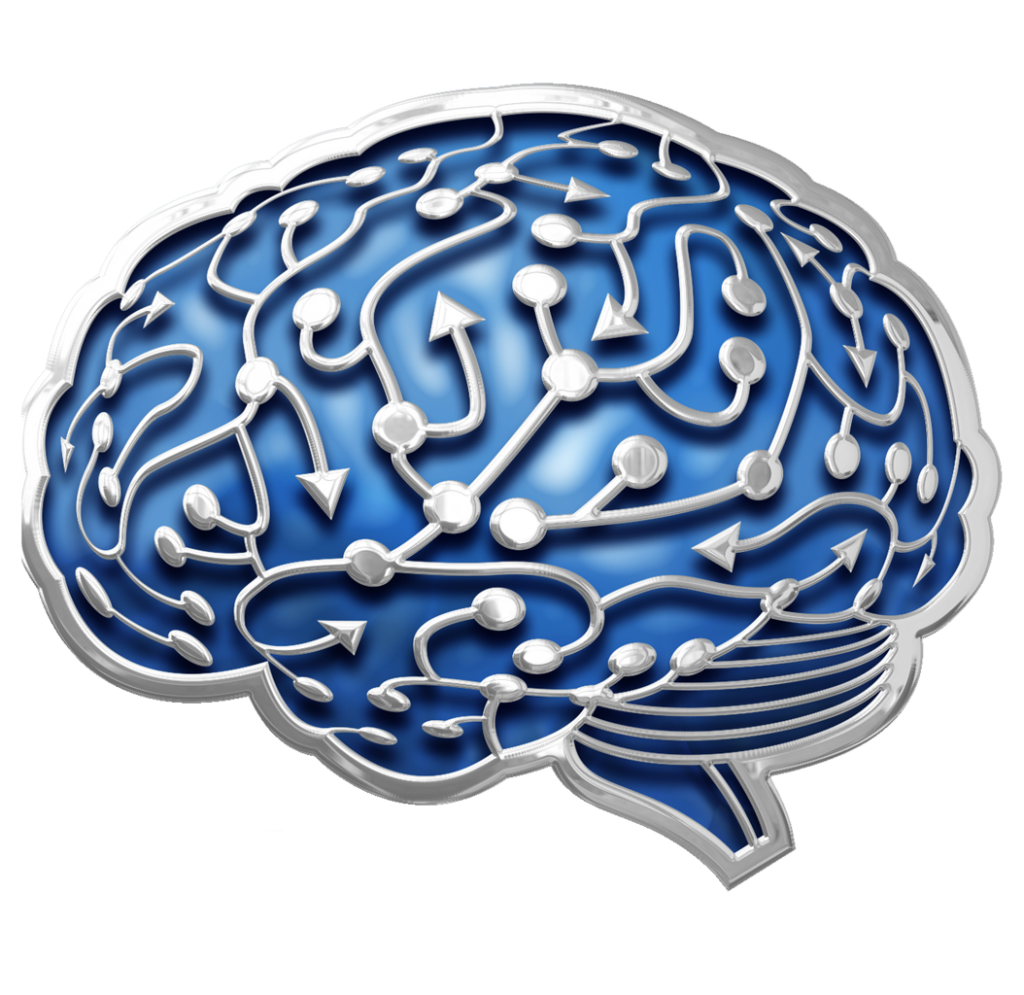Within the scope of TÜBİTAK 1002-C Natural Disasters Focused Field Work Emergency Support Program, scientists from Üsküdar University made investigations in the earthquake region of Hatay. Within the scope of the project titled “Investigation of the Concentration of Respirable Dust in the Region Connected to the Destruction of Structures and Search-Rescue Activities after the Earthquake”, the team carried out studies in the region and carried out dust measurements that cause lung cancer in occupational diseases during the search and rescue and debris removal stages.

The project team led by Üsküdar University Faculty of Health Sciences Head of Occupational Health and Safety Department Asst. Prof. Rüştü Uçan Rüştü Uçan, went to Hatay to carry out studies on the field immediately after the earthquake. In the research carried out between February 16 and February 22, observations were made in terms of Occupational Health and Safety. According to the results of the observation, search and rescue teams, NGO officials and military personnel in the field were warned to use masks.
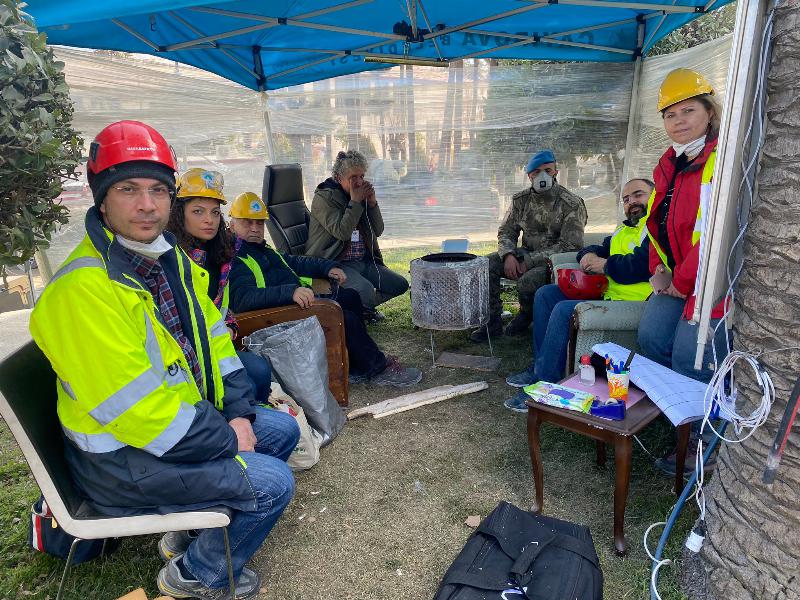
The coordinator of the project accepted by TÜBİTAK, was Üsküdar University Faculty of Health Sciences Department of Occupational Health and Safety RA Tuğçe Oral.
Those who were in the project team are as follows; instructor at Istanbul Medeniyet University Faculty of Engineering and Natural Sciences, Department of Physical Engineering Prof. Emine Can, faculty member of Üsküdar University Faculty of Health Sciences, Department of Occupational Health and Safety Assoc. Prof. Dr. Müge Ensari Özay, Dokuz Eylül University Vocational School of Health Services instructor Assoc. Prof. Ayşe Coşkun Beyan, Head of Occupational Health and Safety Department within Üsküdar University Faculty of Health Sciences Asst. Prof. Rüştü Uçan, Üsküdar University Vocational School of Health Services, Department of Nuclear Technology and Radiation Safety instructor Dilek Aker, the İstanbul Metropolitan Municipality (İMM) Occupational Health and Safety Directorate, Occupational Hygiene Laboratory Officers Onur Taşkınoğlu and Kenan Çelik.
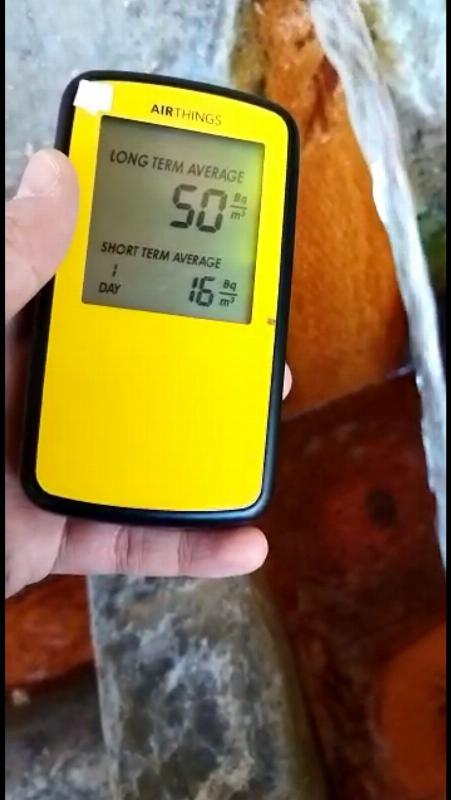
Within the scope of the project, it was aimed to reveal the effect on the structures destroyed after the earthquake, the earthquake victims who were exposed to the breathable dust clouds formed during the search and rescue operations, and the teams who are carrying out search-and-rescue activities.
The objectives among the objectives of the project emphasized are as follows; the importance of respirable dust, and the establishment of an additional health screening and early diagnosis and treatment opportunity in the teams carrying out search-and-rescue activities and earthquake victims over time, the importance of respiratory system protectors in the debris removal process and the importance of making the environment moist is a determining factor in health measures.
In respirable dust concentration measurement at the field, ‘HSE MDHS 14/3 Method Inhalable & Gravimetric of Collect Dust’ method was used.
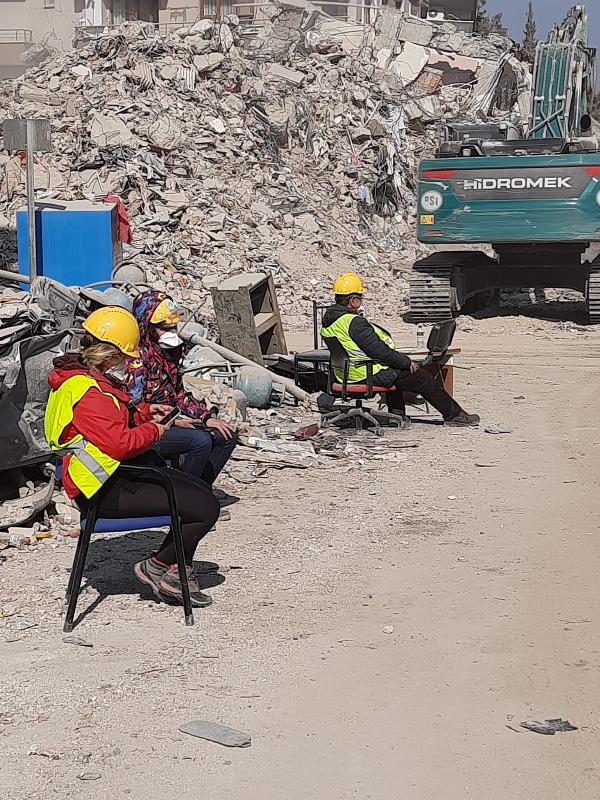
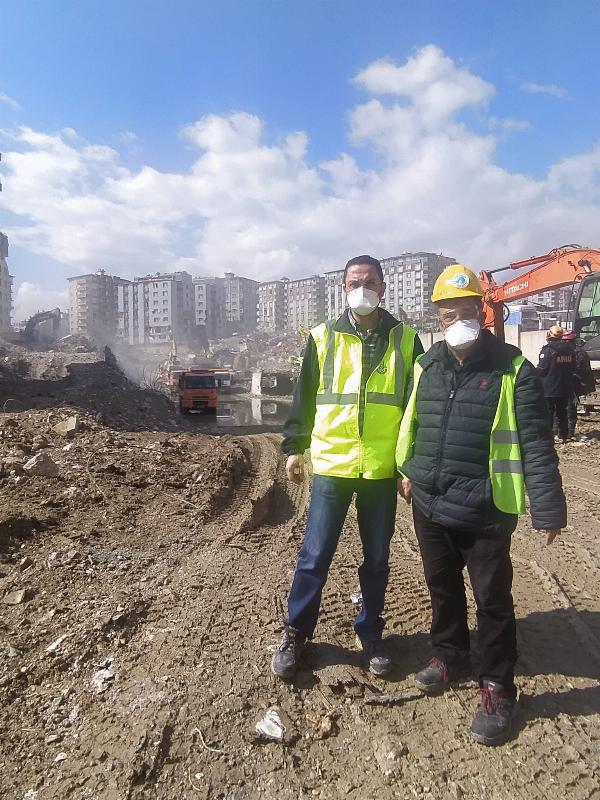
With the cooperation carried out with the Istanbul Metropolitan Municipality Occupational Health and Safety Directorate, studies were carried out in the field of measurement with dust collection pump for 5 days in the earthquake region by using ‘GilAir Plus Powder Sampling Pump, Zefon Filter, Radwag As 3100.x2 Plus Precision Scale’ in the Occupational Hygiene laboratory affiliated to the directorate. The samples taken were weighed in a suitable area and the time and the measured gram amount were made over an 8-hour time frame and the amount of breathable dust exposed to the people in the region was calculated in grams. Measurement times and measurement periods were made with reference to HSE MDHS 14/3 METHOD.
The results of the 5-day study will be shared in the next few days.
Üsküdar News Agency (ÜNA)
